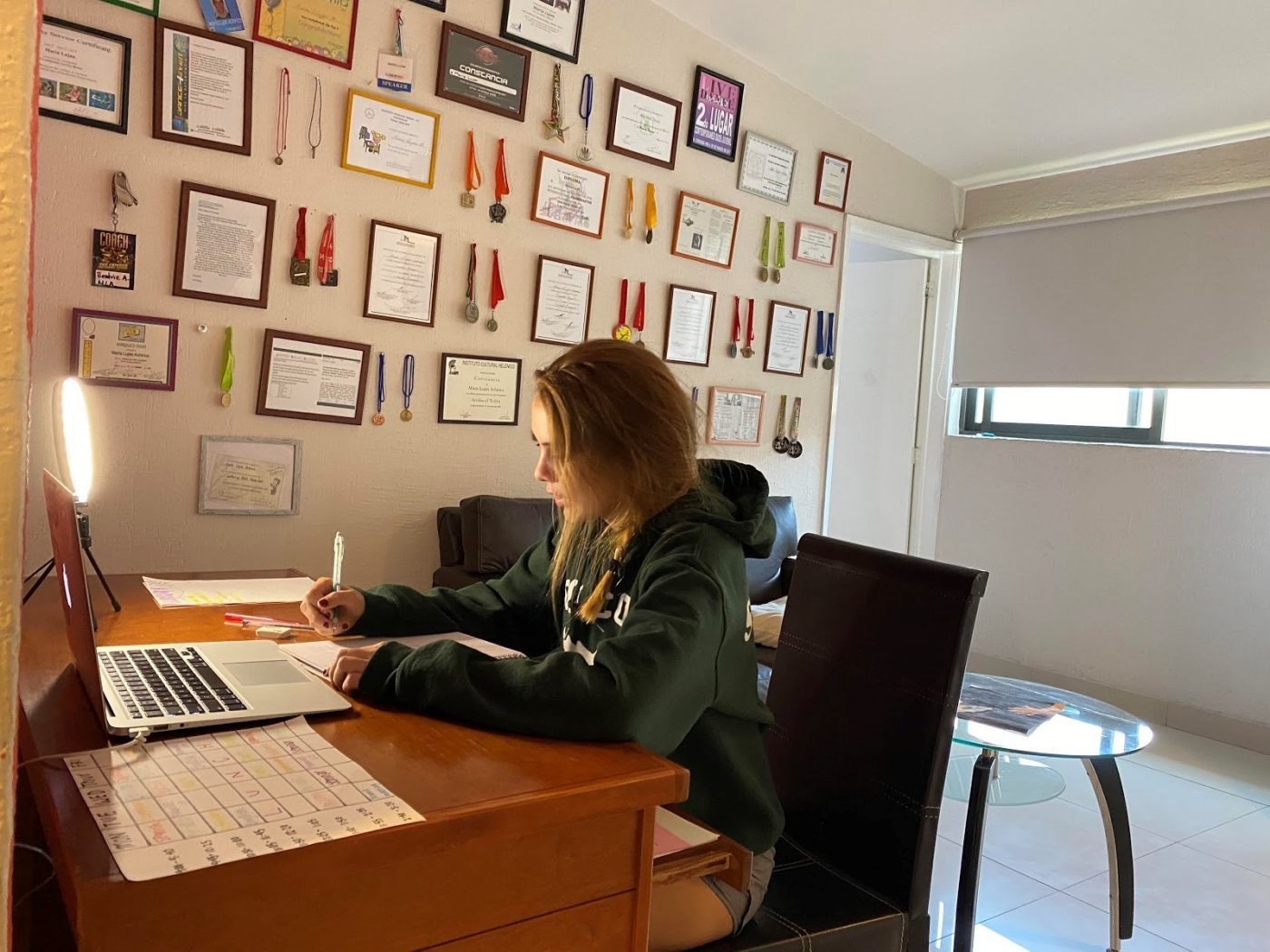With most families sheltered in place these last few months, working from home, and managing their children’s new online learning demands, everyone involved has felt overwhelming stress and dislocation. This may be the first time parents observed their child “doing” school in real-time. Teachers have heroically stepped up to accommodate to this new model of curriculum delivery and reconstruction of classroom culture. The pivot is perhaps even more challenging for those educating students with learning differences.
Purnell School, a college preparatory boarding school for girls who learn differently, where I am Head of School, has just completed our semester of distance learning. We successfully transitioned our interdisciplinary Learning and Wellness® approach and all academics and student life programs to virtual platforms.
As the semester comes to a close, many parents are wondering how to keep their children engaged over the summer and what the fall will bring. Sharing our top lessons as parents figure out what’s next for their family.
Safety First
First and foremost, no two students with learning differences share the same set of challenges, strengths, personal history, and mindset. One size does not fill all. Plus, research shows that students with learning differences experience higher rates of low self-esteem, depression, and anxiety.
Students who struggle academically often enter a recursive spiral in which their struggles lead to eroded self-efficacy (“I can’t do this, so why bother trying?”), which then leads to negative feelings and possibly acting out.
Over recent decades, a growing body of research shows that all learning is social and that cognitive engagement is inextricably linked to a positive mindset and social-emotional well-being. This is further confirmed by parents’ own observations. All successful students must operate within a learning environment that feels safe, nurturing and supportive in order to feel courageous enough to participate and take the academic, creative, and personal chances essential to their growth.
Consider the Context
Under our recent distance learning circumstances, students’ learning characteristics will look different. Learning differences manifest differently online than in the classroom because all learning is context-dependent, and now that context has been turned upside down. Whatever sense of safety, confidence, perseverance, and strategies a student may have developed over time is at risk, at best, and injured significantly, at worst.
Parents have probably noticed that their child experienced loneliness without the in-person interactions they would normally have at school. Under these extenuating circumstances they are more likely to exhibit some or several learning challenges and social-emotional challenges including difficulty engaging, concentrating, remembering, isolation, loneliness, detachment or sadness.
It is important to remember these are expected reactions. These behaviors all point to a child’s sense of loss of the stability of “normal” life and school routines. The strategies for participation, note-taking, reading comprehension that they succeeded in developing over time need to be re-learned in a whole new context.
Validate Concerns
“What if my child is losing academic ground? Plus I have my own stresses!”
Under these new circumstances, it is reasonable to be concerned that a student is missing content and/or skills to prepare him/her for the next grade level. Parents may also be feeling their own anxiety. However, it is important to keep in mind that the parents stress level sets the tone for their children. As difficult as it may seem, it is important to tell them to try not to display or share their worries. Their home is now the context for their child’s education and well-being.
“I’m trying to be a conscientious parent”
Ask fewer check-in questions. It is tempting to ask questions about assignments and school in general. However, these questions can be anxiety provoking. Instead parents, consider making empathic comments such as “You seem a little bit worried about your math test?” Try to engage in ways that show you are paying attention to how your child is feeling and you are interested in their well-being. The objective is to be supportive and to feel connected, not an additional pressure for performance. Some tips:
- Gently help a child ask for help. Encourage them to self-advocate.
- Get outside as a family for fresh air and exercise, but don’t talk about school!
- Art and music are powerful outlets.
- Join a parents’ group to share challenges and strategies.
A Paradigm Shift in Education
Distance learning will continue to be part of education even after we get to the other side of this pandemic. The key will be for educators to transform teaching and learning, empowering parents to become teachers themselves, supporting their child to discover their individual talents and interests.
For more information and support, visit: National Council for Learning Disabilities (NCLD), Learning Disabilities Association of America (LDA), Understood.org, Landmark College, International Dyslexia Association, Eye to Eye, Child Mind Institute CAST.org (UDL), MAIA Educational Consulting and New Frontiers.
Anne M. Glass, Ed.M. is the Head of School at Purnell School, a college preparatory boarding and day school for girls who learn differently and is the founder of the Learning and Wellness® Program at Purnell. Ms. Glass is the 2019 Sam Kirk educator of the Year awarded by the Learning Disabilities Association of America. She holds a Masters of Education in Reading & Learning Disabilities at Teachers College, Columbia University.


